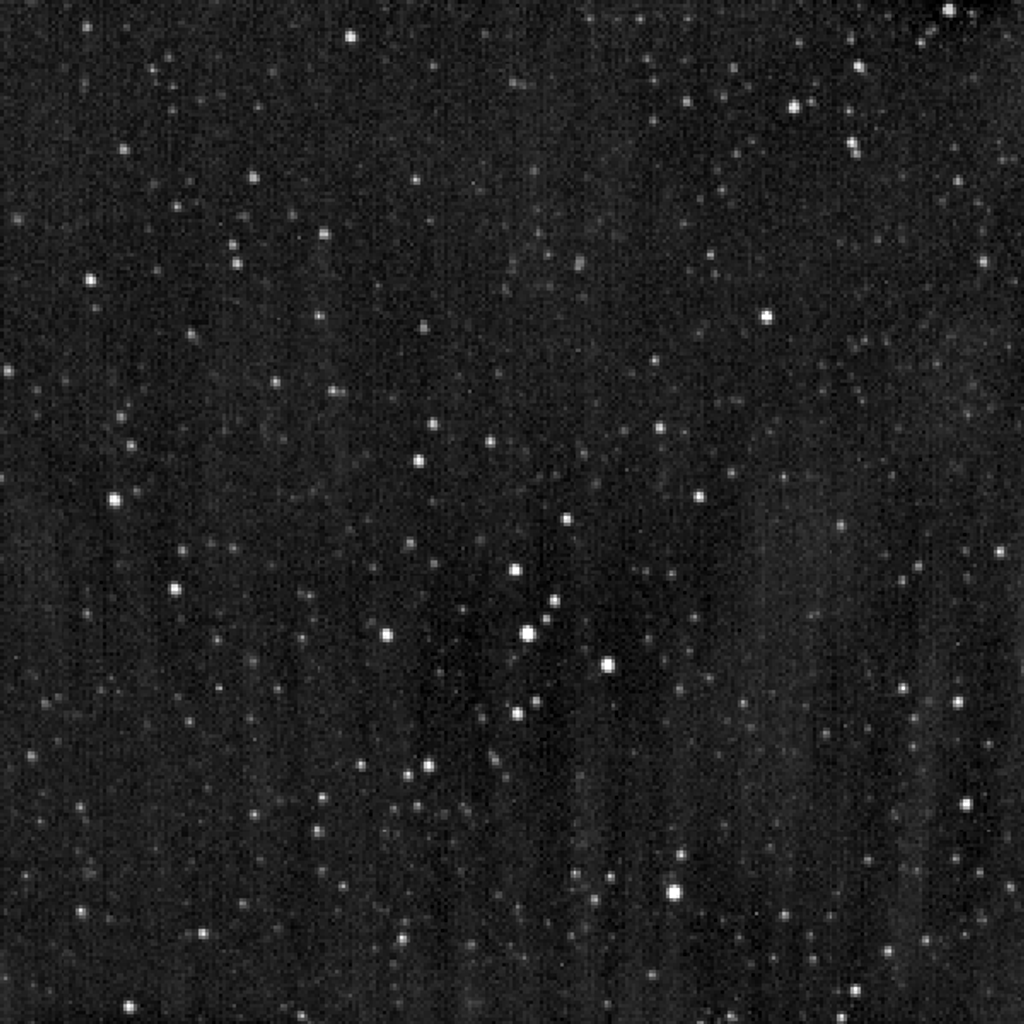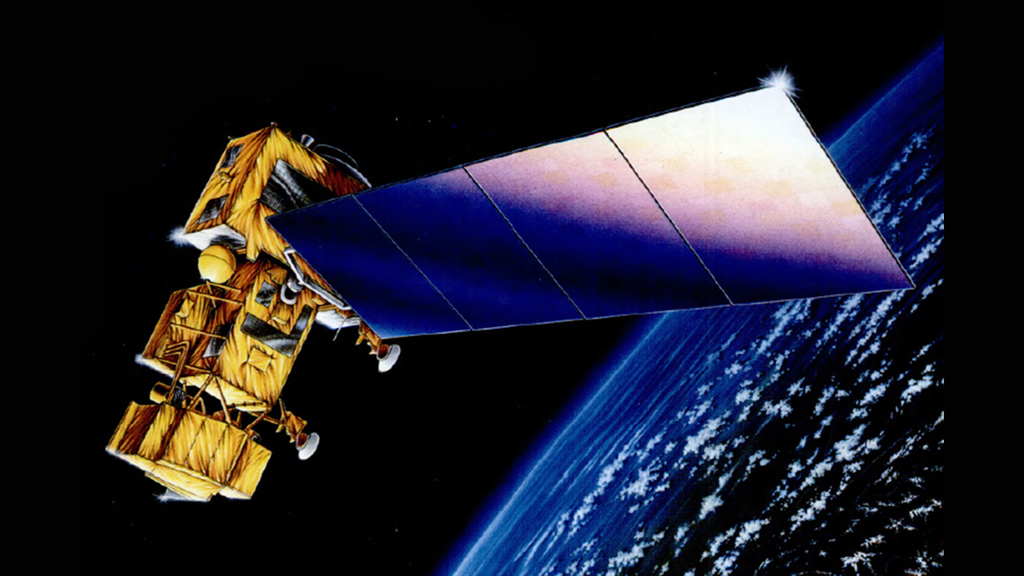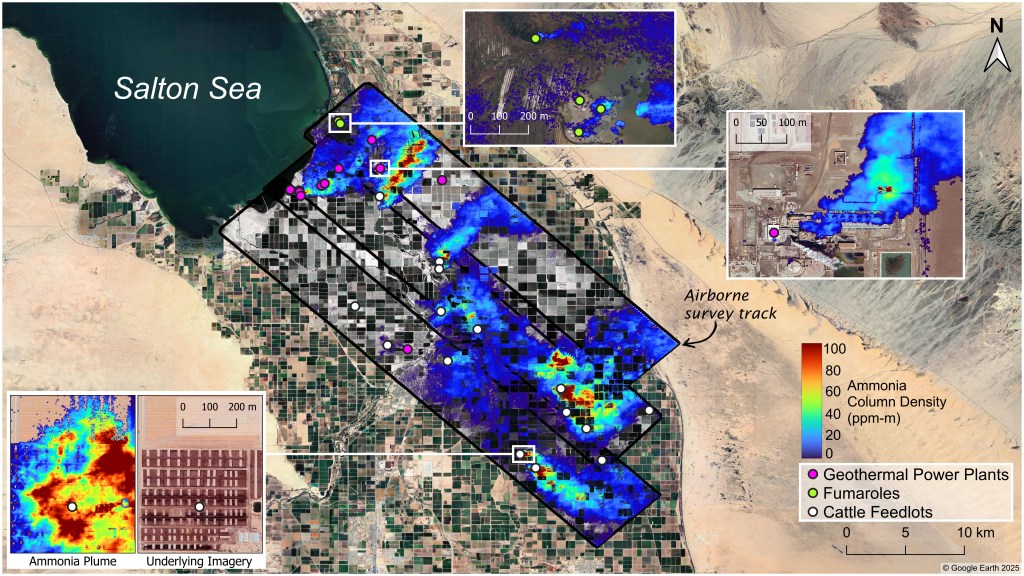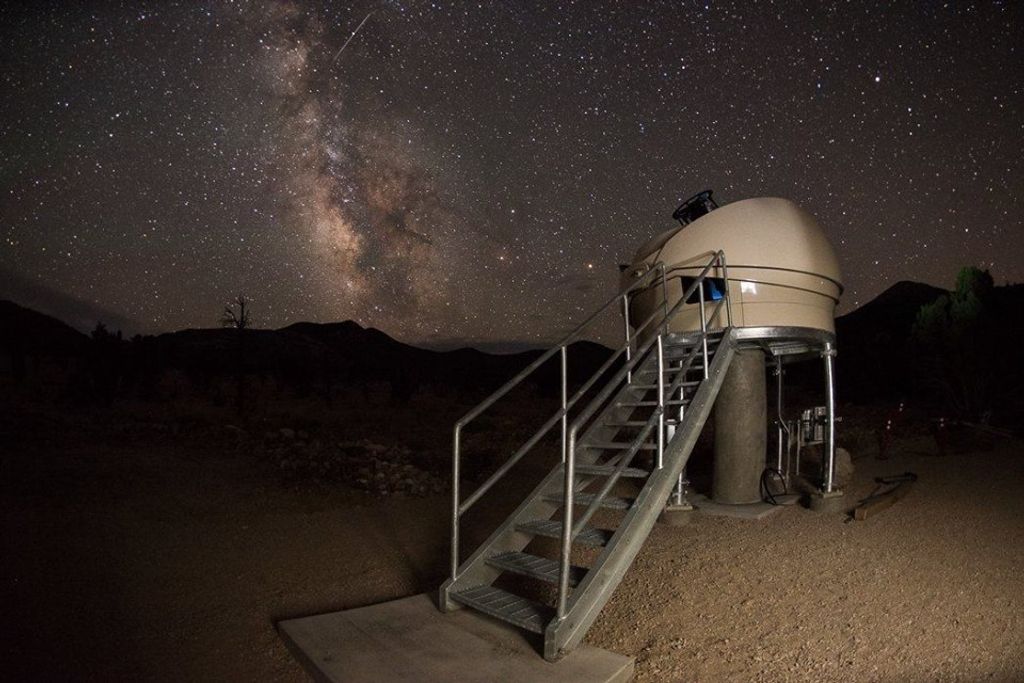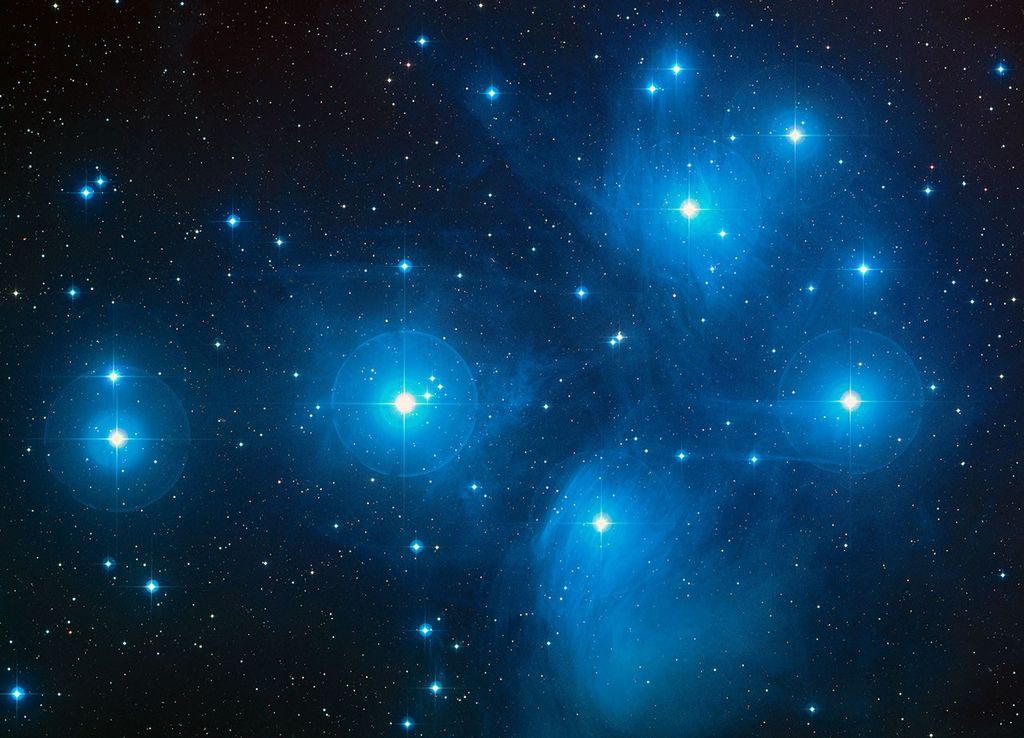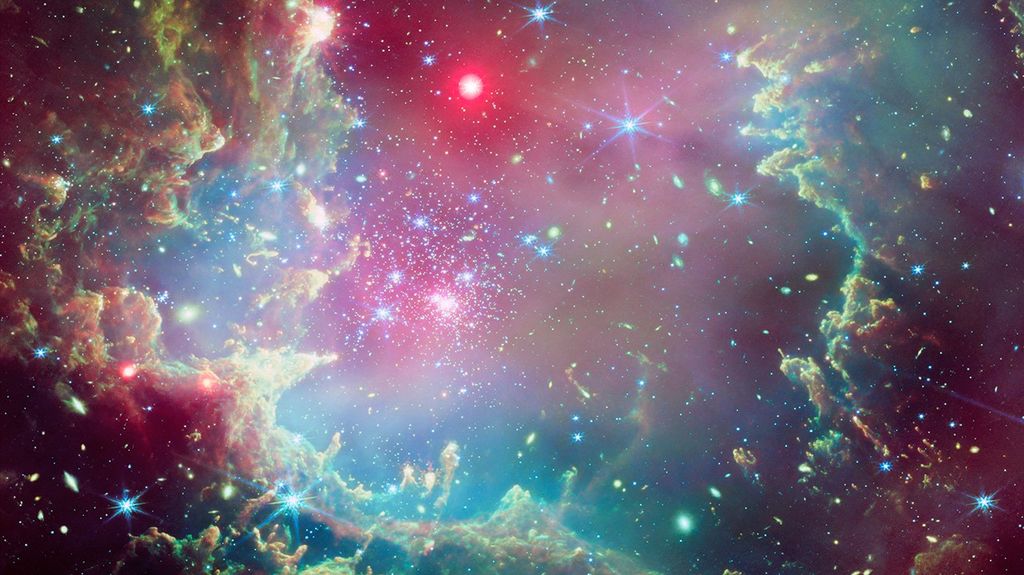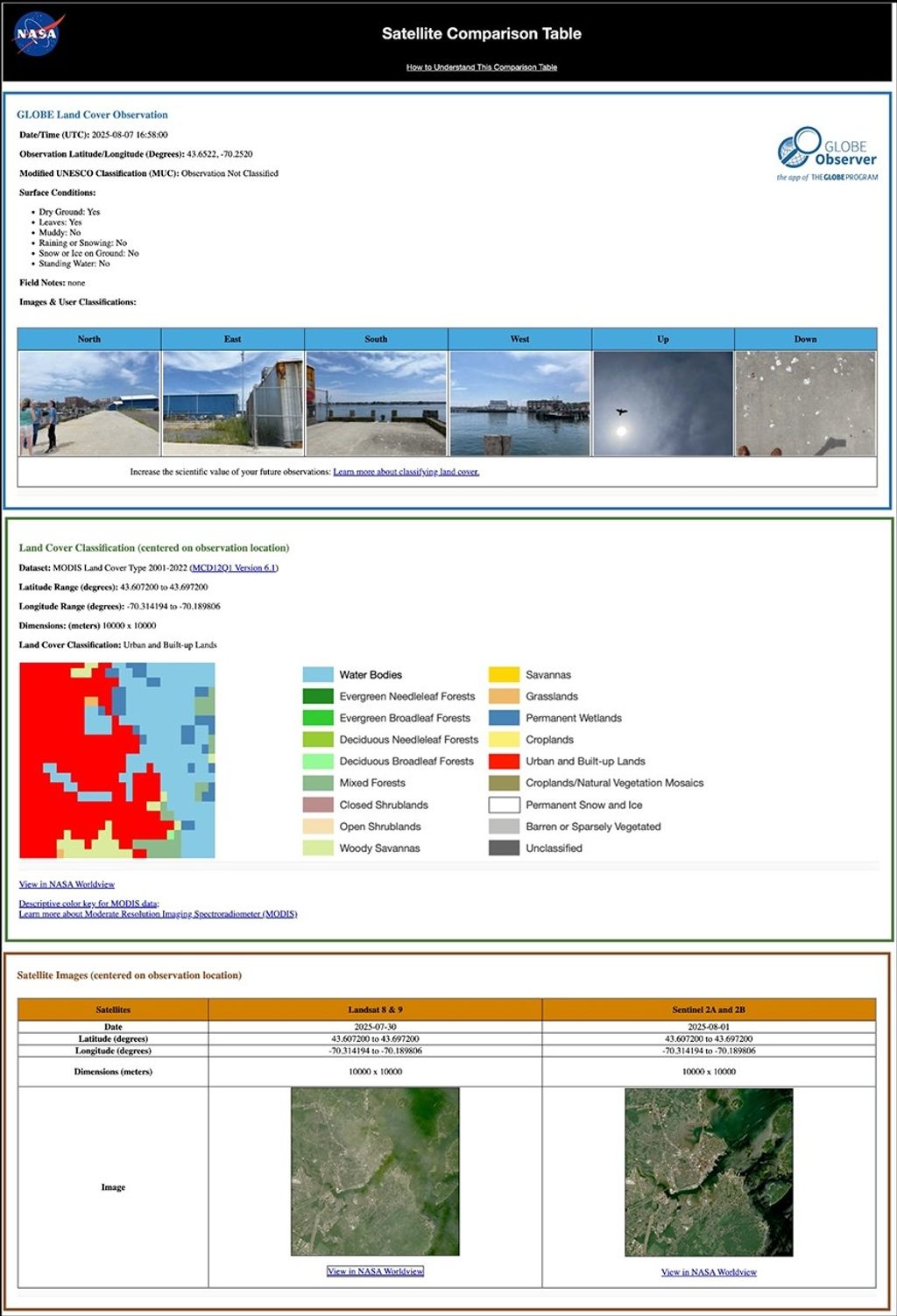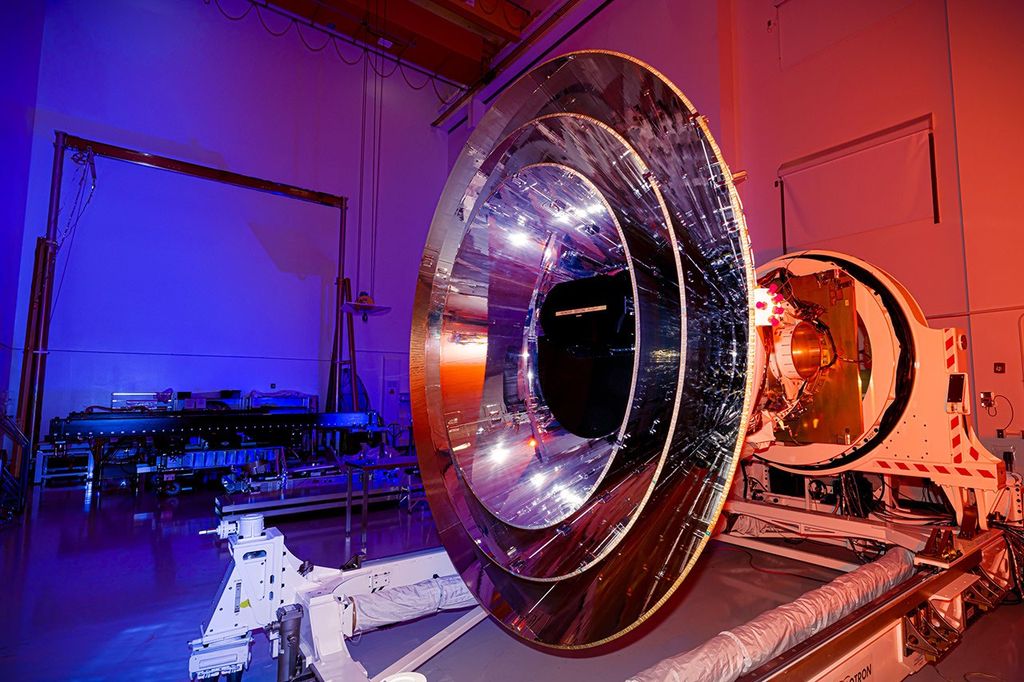1 min read
Bedin 1 in NGC 6752

DWARF GALAXY SPOTTED BEHIND GLOBULAR STAR CLUSTER
This is a Hubble Space Telescope image of a concentration of stars within the globular cluster NGC 6752. Hidden among the stars is an image of a background galaxy that is much farther away. The diminutive galaxy, named by its discoverers as Bedin 1, measures only around 3,000 light-years at its greatest extent — a fraction of the size of the Milky Way. Not only is it tiny, but it is also incredibly faint. These properties led astronomers to classify it as a dwarf spheroidal galaxy that is as old as the universe.
About the Object
- R.A. PositionR.A. PositionRight ascension – analogous to longitude – is one component of an object's position.19:10:45.41
- Dec. PositionDec. PositionDeclination – analogous to latitude – is one component of an object's position.-59:55:04.32
- ConstellationConstellationOne of 88 recognized regions of the celestial sphere in which the object appears.Pavo
- DistanceDistanceThe physical distance from Earth to the astronomical object. Distances within our solar system are usually measured in Astronomical Units (AU). Distances between stars are usually measured in light-years. Interstellar distances can also be measured in parsecs.The object lies about 28 million light-years away from Earth.
- DimensionsDimensionsThe physical size of the object or the apparent angle it subtends on the sky.Image is about 1 arcmin across (about 9,000 light-years).
About the Data
- Data DescriptionData DescriptionProposal: A description of the observations, their scientific justification, and the links to the data available in the science archive.
Science Team: The astronomers who planned the observations and analyzed the data. "PI" refers to the Principal Investigator.Hubble data for this release were obtained from HST proposal 15096 (L. Bedin) - InstrumentInstrumentThe science instrument used to produce the data.ACS/WFC
- Exposure DatesExposure DatesThe date(s) that the telescope made its observations and the total exposure time.September 9-13, 2018
- FiltersFiltersThe camera filters that were used in the science observations.F606W, F814W
- Object NameObject NameA name or catalog number that astronomers use to identify an astronomical object.Bedin 1 in NGC 6752
- Object DescriptionObject DescriptionThe type of astronomical object.Dwarf galaxy located behind foreground globular cluster
- Release DateJanuary 31, 2019
- Science ReleaseHubble Accidentally Discovers a New Galaxy in Cosmic Neighborhood
- Credit

These images are a composite of separate exposures acquired by the ACS instrument on the Hubble Space Telescope. Several filters were used to sample narrow wavelength ranges. The color results from assigning different hues (colors) to each monochromatic (grayscale) image associated with an individual filter. In this case, the assigned colors are: Cyan: F606W Orange: F814W

Related Images & Videos
Share
Details
Claire Andreoli
NASA’s Goddard Space Flight Center
Greenbelt, Maryland
claire.andreoli@nasa.gov






